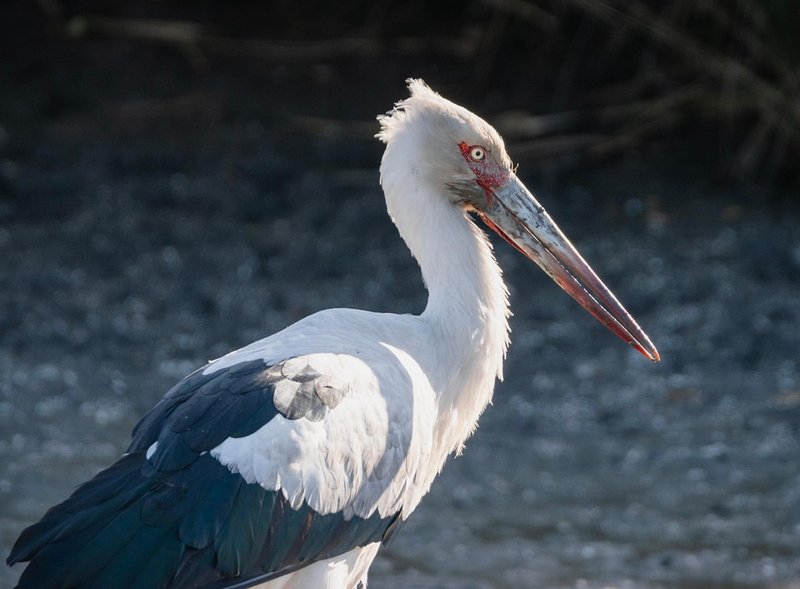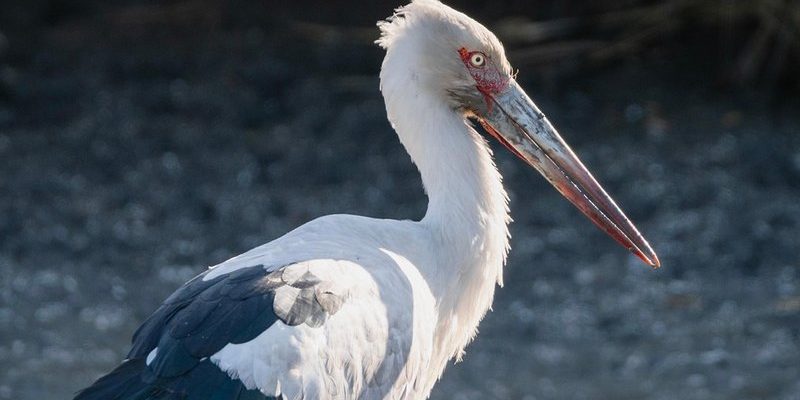
Storks belong to a family of large wading birds, and they can be found in various habitats around the globe. Their striking appearance and unique behaviors have long captured our fascination. However, behind their beautiful demeanor lies a different story—a story of habitat loss, pollution, and climate change that can put their future at risk. Understanding whether storks are threatened or endangered involves looking at various species and their specific situations.
What Is the Current Status of Storks?
Not all storks are created equal when it comes to their conservation status. Different species face varying levels of threat, which is important to consider when discussing their overall well-being. For instance, the white stork is regarded as *least concern* by the International Union for Conservation of Nature (IUCN), while the black stork is classified as *near threatened*. This means that while some storks are relatively safe, others may require conservation efforts to thrive in the wild.
You might be wondering why there’s such a disparity between species. The answer lies mostly in their habitats and the threats they face. Storks that thrive in protected wetlands or areas with abundant food supply tend to do better. In contrast, species that rely on specific wetlands that are being drained or polluted experience challenges that can lead to a decline in their populations.
Key Threats Facing Storks
Several significant challenges threaten the survival of stork populations around the world. Understanding these threats can shed light on why some stork species are declining:
- Habitat Loss: One of the biggest dangers for storks is the destruction of their natural environments. Urban development, agriculture, and land reclamation often result in the draining of wetlands where storks breed and feed.
- Pesticides and Pollution: The chemicals used in agriculture can poison storks and reduce the availability of their food sources, such as frogs and insects. The accumulation of pollutants in waterways can have devastating effects on their health.
- Climate Change: Global warming can disrupt migration patterns and the timing of breeding, as storks may not find suitable conditions for nesting.
These threats not only impact individual stork populations but can also have cascading effects on the ecosystems they inhabit. As apex predators in their environments, a decline in stork numbers can lead to imbalances in wildlife populations and plant life.
Conservation Efforts for Storks
Fortunately, there are dedicated efforts aimed at protecting stork populations around the world. Many organizations work tirelessly to create and maintain suitable habitats for these birds. Here’s how:
- Habitat Restoration: Conservation groups often restore wetlands and promote sustainable land management practices to ensure storks have a place to live and thrive.
- Public Awareness Campaigns: Education plays a vital role in stork conservation. By informing the public about the importance of storks and their habitats, organizations can foster community support for conservation initiatives.
- Monitoring Populations: Researchers track stork populations to understand their movements and health. This data helps in formulating effective conservation strategies tailored to specific species.
Honestly, these efforts can make a real difference. By working together, communities can protect these magnificent birds and ensure they continue to grace our skies for generations to come.
What Can You Do to Help Storks?
If you care about the future of storks, there are several steps you can take to contribute to their well-being:
- Support Conservation Organizations: Consider donating to or volunteering with groups focused on bird conservation. Your support can help fund vital projects.
- Practice Sustainable Living: Reduce chemical use in your garden, support local farmers who use sustainable practices, and conserve water to help keep wetlands healthy.
- Spread the Word: Share what you’ve learned about stork conservation with friends and family. The more people know, the more we can accomplish together.
Each small action can add up to create a significant impact, helping ensure storks continue to flourish in their natural habitats.
Future Outlook for Storks
The future of storks is partly in our hands. With proactive efforts in conservation, there is hope for many species. As we learn more about the challenges they face, we can develop better strategies to protect their habitats.
You might be wondering, “Will storks ever be completely safe?” It’s hard to say. While some species have stable populations, others may remain threatened if current trends continue. The good news is that awareness and conservation efforts are steadily increasing. More people are recognizing the vital role storks play within ecosystems, and this supports ongoing conservation.
So, is the stork threatened or endangered? It really depends on the species and the specific environmental pressures they face. While some storks are doing relatively well, others are at risk of extinction if we don’t keep an eye on them. By understanding their plight and taking action, we can help secure a future for these remarkable birds.
Every little bit counts, and together, we can ensure that the *stork* continues to be a symbol of not only family and joy but also resilience in the face of adversity. Let’s all do our part to protect these splendid creatures!

